Mayonnaise, colloquially referred to as "mayo", is a thick, cold, and creamy sauce commonly used on sandwiches, hamburgers, composed salads, and French fries. It also forms the base for various other sauces, such as tartar sauce, fry sauce, remoulade, salsa golf, ranch dressing, and rouille.
Mayonnaise is an emulsion of oil, egg yolk, and an acid, either vinegar or lemon juice; there are many variants using additional flavorings. The color varies from near-white to pale yellow, and its texture from a light cream to a thick gel.
Commercial eggless imitations are made for those who avoid chicken eggs because of egg allergies, to limit dietary cholesterol, or because they are vegans.
The origin of the name mayonnaise is unclear, though some records indicate its introduction to the early 1800s, with numerous suggested, sometimes contradictory suggestions.
A common theory is that it is named for Port Mahon (Maó in Menorcan), itself named after its founder Mago Barca, in Menorca, in honor of the 3rd Duke of Richelieu's victory over the British in 1756, and in fact the name mahonnaise is used by some authors. But the name is only attested several decades after that event. One version of this theory says that it was originally known as salsa mahonesa in Spanish, but that spelling too is only attested later.
Imitations
Miracle Whip was developed as a less expensive imitation of mayonnaise. Because it doesn't meet the legal definition of mayonnaise, it is marketed as salad dressing.
Egg-free imitations of mayonnaise are available for vegans and others who avoid eggs or cholesterol, or who have egg allergies. In the U.S., these imitations cannot be labelled as "mayonnaise" because the definition of mayonnaise requires egg. Egg-free imitations generally contain soya or pea protein as the emulsifying agent to stabilize oil droplets in water. Well-known brands include Nasoya's Nayonaise, Vegenaise and Just Mayo in North America, and Plamil Egg Free in the United Kingdom.
Commercial mayonnaise marketed in jars originated in Philadelphia in 1907 when Amelia Schlorer began marketing a mayonnaise recipe originally used in salads sold in her family's grocery store. Mrs. Schlorer's mayonnaise was an instant success with local customers and eventually grew into the Schlorer Delicatessen Company. Around the same time in New York City, a family from Vetschau, Germany, at Richard Hellmann's delicatessen on Columbus Avenue, featured his wife's homemade recipe in salads sold in their delicatessen. The condiment quickly became so popular that Hellmann began selling it in "wooden boats" that were used for weighing butter. In 1912, Mrs. Hellmann's mayonnaise was mass-marketed and was trademarked in 1926 as Hellmann's Blue Ribbon Mayonnaise. After numerous corporate iterations, Hellmann's is now marketed in the Eastern United States and as Best Foods Mayonnaise in the Western United States. Mayonnaise sales are about US$1.3 billion per year in the U.S.
- 3/4 cup coarsely crumbled saltine crackers, divided
- 3 tablespoons butter, melted
- 1 (10-ounce) package frozen chopped broccoli, thawed and drained
- 1 (14-1/2-ounce) can cream-style corn
- 1 egg, beaten
- 1/3 cup grated Parmesan cheese
- 1/2 teaspoon onion powder
- 1/2 teaspoon black pepper
- Preheat oven to 350º. Coat a 1-1/2 quart baking dish with cooking spray.
- In a large bowl, combine cracker crumbs and melted butter; mix well. Reserve 1/3 cup of the cracker crumb mixture and set aside. Add the remaining ingredients to the bowl; mix well and spoon into prepared baking dish. Sprinkle top with the reserved cracker crumb mixture.
- Bake 40 to 45 minutes, or until heated through and top is golden.








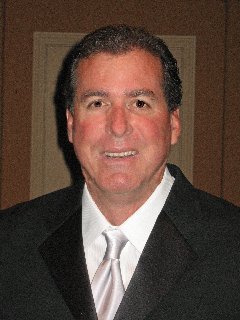
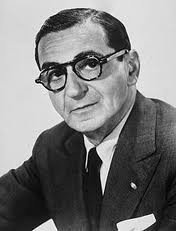
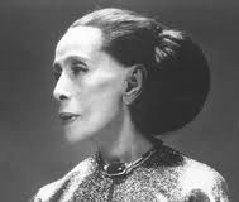
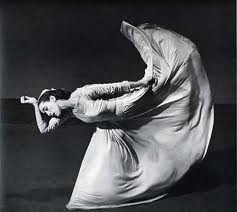

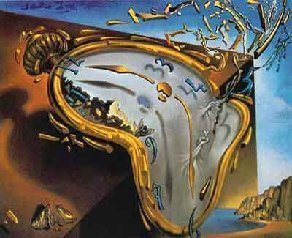

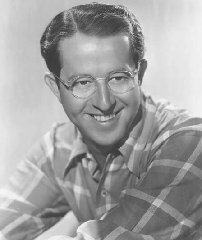
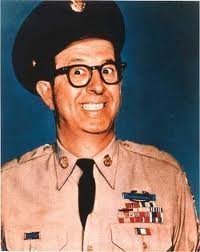
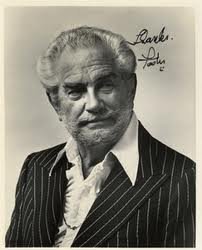





No comments:
Post a Comment